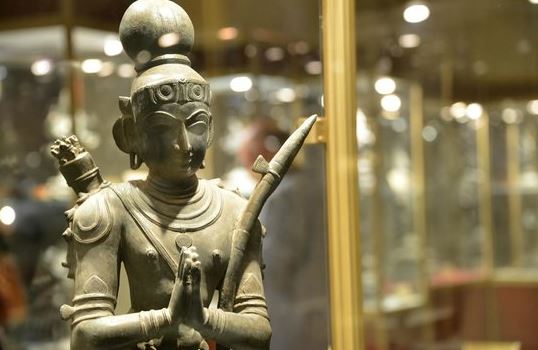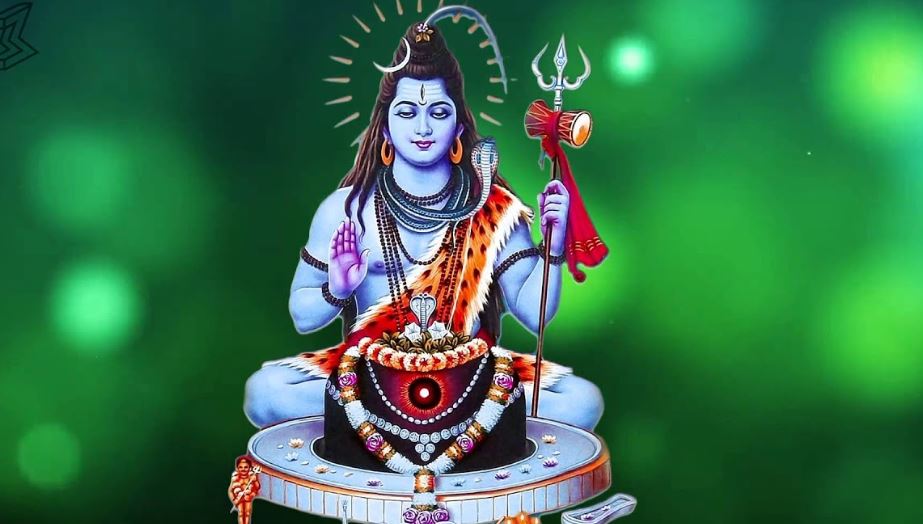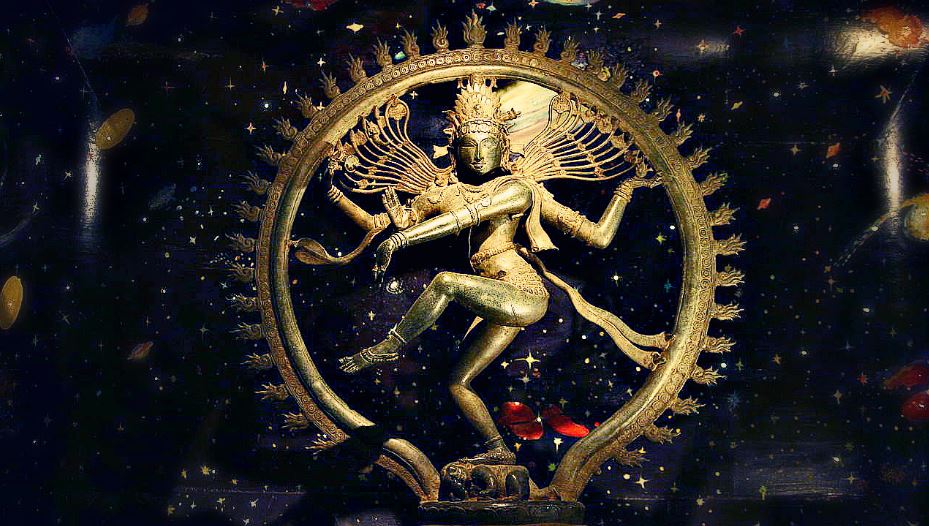Visiting museum must be an experience which people do not want to miss when they are traveling in Europe. Nevertheless, visiting the museum can also be one great experience which people can find when visiting India. When they are in Chennai especially, they should not forget to visit the Government Museum in Egmore. There are so many things which can be seen from the museum complex which are divided into various sections. If people want to see rare icons, they surely must not miss the Bronze Gallery. There are so many things which can be found and learned from this section at http://68.183.181.185.

bronze
Collection
The Bronze Gallery of the Government Museum becomes the place where artifacts found from the 11th – 17th centuries are stored. It seems that this place can be the section which comes with many treasures. There are some sections which can be found in the Bronze Gallery. People can check the collection in the Saivite section where they can find the amazing treasures within. Other great collections can also be found in the Buddhist/Jain and Vaishnavite sections. This is the home for many sculptures which can also be exhibited in the spaces of the abroad gallery. One thing for sure, people should take their time to study the sculptures in detail. They will see the difference and similarities of those sculptures. They will understand the differences between the Chola bronze feature and the Pallava one. They can also see the specifications of the Chera bronze feature.
Ardhanareeshwara
There are so many things which can be found in the Bronze Gallery of the Government Museum but the biggest star of the museum must be the Ardhanareeshwara. This item was found in Tiruvengadu located near to Nagapattinam. It was dated to the 11th century after all. This piece combines the divine male along with the feminine halves. The combination looks very beautiful for sure but it does not mean that people cannot find other great things at this place, they can also find the item which is precious and rare.

Ardhanareeshwara
Vishapaharana
This piece appears as one of Shiva that drinks the poison which appears from the ocean churning. It was made in the 9th century AD. The location of the foundation of this item is Kilappudanur in Nannilamtaluk. There are also other great pieces which can be seen including the Ayyanar on Elephant which was made in the 16th century AD and the Parvati in evocative mode along with an attendant.
